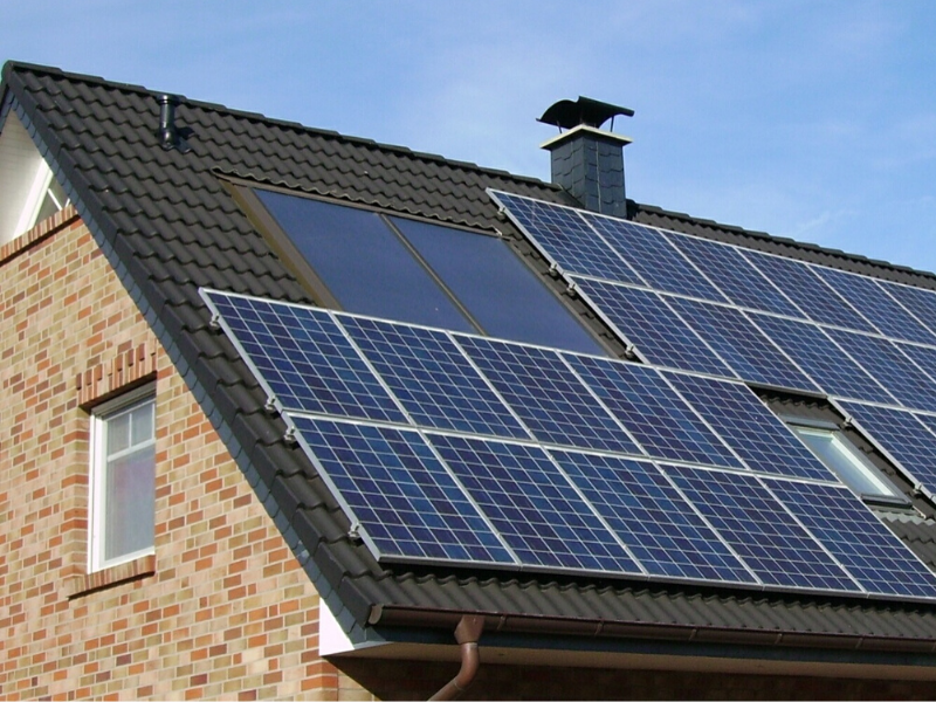For homeowners looking to reduce their home’s carbon footprint, increase its sustainability, and add value to their property, going solar is an obvious choice. Understanding how solar works and how to maximize its benefits are key first steps in your journey to becoming a solar energy-producing household.

How does solar work?
The technology that turns your house into a solar energy-harnessing hub is called photovoltaics, more commonly known as PV. PV works by fielding direct sunlight and absorbing its photons into the solar panels’ cells, which then creates electricity that provides energy for your home. This energy reduces your home’s output of carbon and other pollutants, which translates to cleaner air and water.
With the sun as the power source, the majority of the power generation occurs during the middle of the day, making summer the highest producing season. But don’t worry, it all evens out in the end.
Rooftop panels work best when they are exposed to sunlight, free of shade or shadow from nearby trees or structures. Given the sun’s east-to-west path, south-facing roofs are best-suited for maximizing your solar power. To see if your roof is set up for success, consult a mapping service or solar calculator to establish your roof’s suitability. If your roof isn’t up to standard, there are options such as ground mount solar installations and community solar gardens that you can explore.
Components
- Solar panels: Capture the sun’s energy
- Inverter: Converts the sun’s energy to a form that powers devices
- Racking: The foundation that holds your solar system in place
- Batteries: To store the energy generated
- Charge controller: To control how quickly the batteries charge
What are the benefits of solar power?
- Sustainability: Having a renewable source of energy coursing through your home reduces your household’s carbon footprint and increases your eco-friendliness.
- Savings: How much money you save by going solar depends largely on how much energy your household consumes and the energy output of your solar panels. The cost of going solar has continued to decrease every year, so you are more likely to save as time goes on. For information on state incentives and tax breaks, explore what options apply to your home by visiting DSIRE (Database of State Incentives for Renewables & Efficiency).
- Utilities: Whether your utility company charges a flat rate for electricity or charges variable rates throughout the day based on electricity production—i.e. higher rates in the afternoon, lower rates at night—solar power offsets the price you are charged for electricity. It becomes even more valuable during those higher-rate periods or during seasonal fluctuations in utilities costs.
- Sell it back: Homeowners can sell their solar energy back to utilities through “Net-metering” plans. When your power generation rate is greater than your household’s consumption rate, the end result on your electric bill is a net energy consumption. Refer to DSIRE for region-specific regulations and policies.
- Home value: A recent study by The Appraisal Journal found that homes with solar PV systems increased their sale price by an average of 3.74%, equaling a premium of $14,329.
Although the right solar solution looks different for each household, what remains true across the board are the environmental benefits and increased home values that solar power brings. Taking all this information into your research will improve your home’s renewable energy and reduce your carbon footprint.
 Facebook
Facebook
 X
X
 Pinterest
Pinterest
 Copy Link
Copy Link
